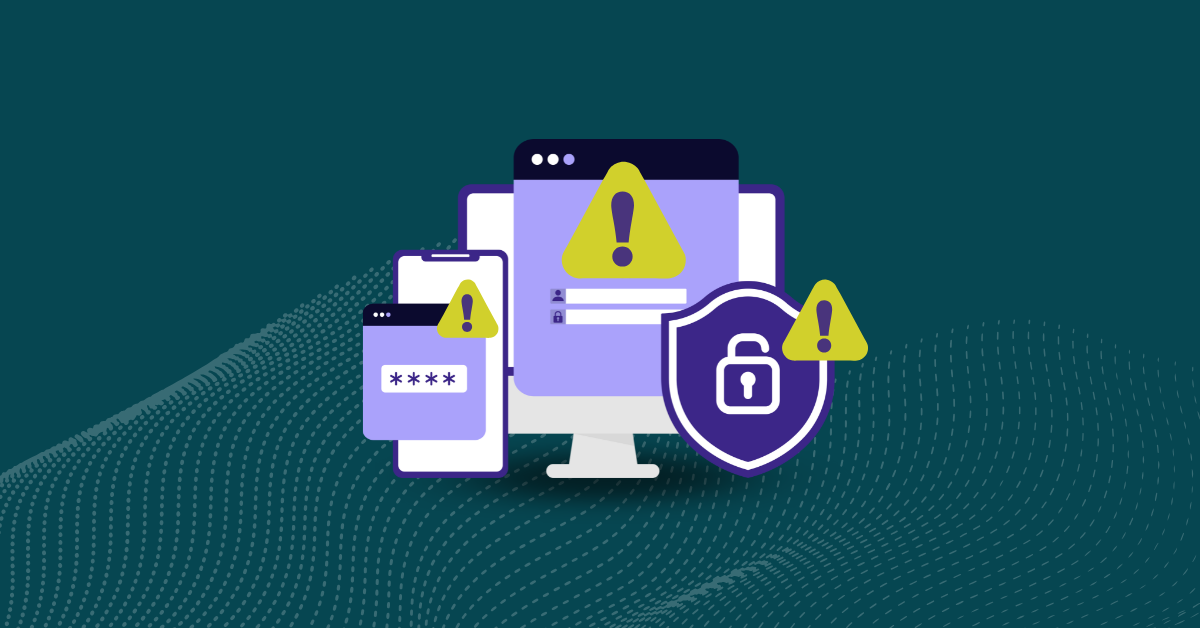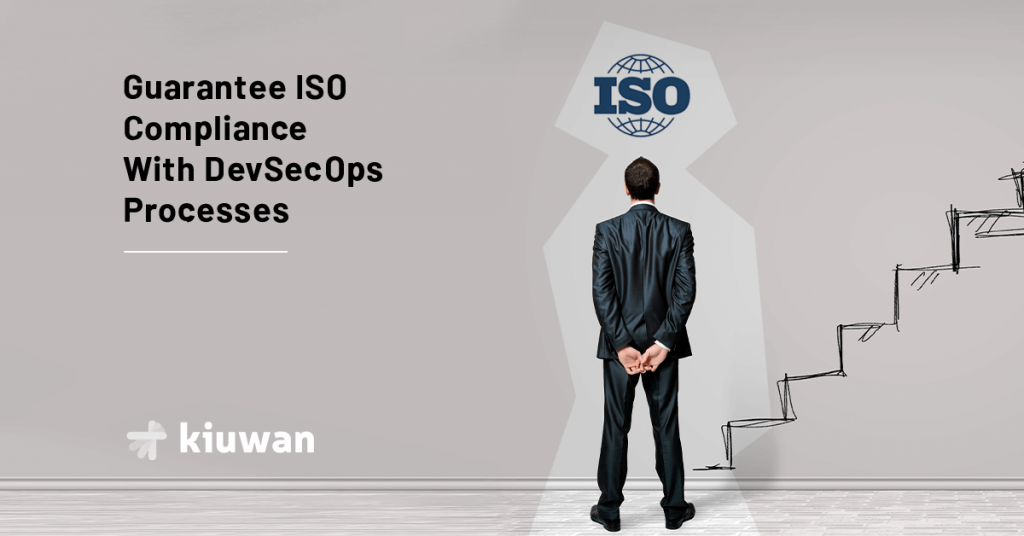

The challenge of cybersecurity continues to plague web and mobile applications. Hacking techniques are evolving as fast as technological advances. In response to such threats, the International Standardization Organization (ISO) developed the ISO 27001 framework to help companies manage information security.
Software developers need efficient security solutions like Kiuwan to guarantee the security of their apps while complying with ISO 27001. Combine security tools with a DevSecOps approach to develop more secure applications by introducing security measures in the infant stage of app development. In this article, you’ll learn how these tools can make a difference in your ISO compliance strategy.
First, let’s get an overview of ISO/IEC 27001.
The best experts in information security compiled the ISO/IEC 27001:2013 framework, which enables organizations to manage information security efficiently. Before receiving the ISO certification, companies need to implement information security that complies with ISO 27001.
The ISO 27001 framework is two-fold: it involves risk assessment and risk mitigation or treatment. With these processes, an organization can identify potential threats to information and take steps to keep such issues in check. Much of the ISO 27001 implementation requires firms to establish rules that ensure they can prevent security breaches. Besides the policies and procedures, firms need the right technical application for ISO compliance.
DevSecOps is an approach to development that involves developers in securing an application, addressing core security issues early in the app development process. Whether you are merely testing cloud infrastructure, migrating to microservices, or automating compliance, DevSecOps will deliver enhanced security.
Security threats remain a top block to IT innovation. While DevOps methodologies have increased app stability and feature releases, security monitoring tools lag when testing DevOps code. Online businesses face the highest threat as their success firmly depends on how they integrate DevOps methods.
The DevSecOps movement came into play to ensure that firms don’t think of app security as an afterthought. Bypassing security can quickly amount to a high-risk strategy – an assertion that DevSecOps’ proponents are keen to pass across.
Compliance Ops form part of the different security operations, which organizations can accomplish with DevSecOps. This set of operations provides a more straightforward process for companies looking to get compliant with a chosen standard – in this case, the ISO/SEC 27001. Both growing and well-established companies can make the most of these un-bureaucratic operations.
A Compliance Ops approach helps introduce strategic compliance testing points as part of your security development flow. Besides these testing points, DevSecOps’ principles also advocate for business-driven security along with open contribution. The latter policy gives you a glimpse of what like-minded businesses include in their security systems.
The open contribution policy also allows you to leverage the value of security testing manuals that organizations such as OWASP and OSSTMM provide. Business-driven security, on the other hand, means that you get to tailor your security system to your business needs. You can always reference the code review manuals as you work on your security model.
With DevSecOps, companies can share their experience with different security threats and various mitigation measures. The idea is to develop freely available security manuals for interested firms. Consequently, the number of business-based security frameworks is on the rise.
DevSecOps’ threat intelligence exchange projects are another valuable resource for organizations. In such projects, you’ll find vulnerabilities that other companies have dealt with previously. This information will prove worthwhile as you set up your firm’s security system – you’ll know what to expect and how to get around it.
Using automated security measures allows you to worry less about mistakes and oversights during the app development process. Your security team can focus more on setting policies as DevSecOps handles processes like vulnerability scanning and firewalling. Such measures ensure that security and innovation are key features of new apps.
Besides an overhaul of your tools and processes, DevSecOps integration requires that organizations prepare for a new mindset. Given that security needs to be seamless and silent, security management teams should stick to DevOps principles throughout the app development process.
First, your company must understand your current process in and out. Find out what are your security needs are, who understands them best, and whether or not they have what it takes to handle these threats. The next step will be to work on this information keeping in mind the need to collaborate your security plans in the development process.
As you get to the implementation stage, you’d like to know whether your developers have tools to assess threats during development. Alternatively, find out if your team performs the tests as part of the continuous integration/ continuous delivery (CI/CD) process. Ideally, your system should ensure that the code is secure throughout the development process.
While the discussion on potential risks to business is not new, talk of security measures often comes towards the end of app development. Firms could work to encourage this conversation and spell out individuals responsible for security. From middleware libraries to images, firms can define what is secure and what is not. Eventually, organizations can include such guidelines in their security policies.
As part of your DevSecOps process, include static application security testing (SAST). This protocol helps you pick out any source code vulnerabilities as you develop software.
Besides the SAST protocol, you could use tools like Software Composition Analysis (SCA) to identify any publicly disclosed vulnerabilities. Your organization will be better placed to point out security disclosures within system components. SCA should also help you facilitate legal compliance on any open source components.
As you work to fulfill end-user demands, it is always wise to detect security vulnerabilities early. These automated security tools let you choose the right assortment of manual oversight steps. Reliable security tools such as Kiuwan ensure that developers can create ISO compliant apps while boosting confidence among app users. With an efficient DevSecOps process, you won’t spend a lot of resources taking care of vulnerabilities when you release the application. Contact us for more info.


